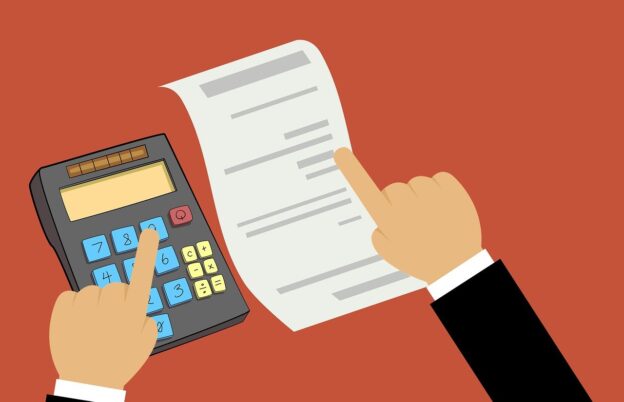How essential is anti-money laundering (AML) donor screening for financial institutions in today’s regulatory landscape?
The answer is that effective screening has become vital to the global economic system. Banks, investment firms, and other financial organizations are facing immense responsibility to prevent money laundering and mitigate financial crime risks.
Modern AML rules and compliance requirements cause a rigorous donor screening program for any financial institution. Over 25% of suspicious activity reports filed with financial intelligence units are directly attributed to red flags identified during donor screening.
By automating screening checks of 100% of donations and customers against extensive global sanctions, watchlists, and adverse media coverage databases, advanced donor screening technology allows financial brands to detect irregular patterns that manual spot-checks might miss.
This dual benefit of protection and compliance helps financial organizations stay one step ahead in today’s high-stakes regulatory environment.
What is AML Donor Screening?
AML donor screening is the process of scrutinizing donor or customer identities and activity for signs of money laundering or financial crime. All financial institutions use some form of know-your-customer screening during onboarding to ensure donors are who they say they are.
More advanced donor screening solutions use real-time screening technology to check donations and flag suspicious activity continuously using clever algorithms. As former Treasury Secretary Jacob Lew stated, why donor screening is a crucial anti-money laundering technique that helps protect our financial system and national security.
Money Laundering Risks in Financial Institutions
Laundering of illicit funds through banks and other financial institutions gives rise to significant legal and reputational risks. As AML expert John Smith at Compliance firm puts it, Money launderers can do this by mixing illegal proceeds with ‘clean’ money, and anonymous donations or complex wire transfers can be the means they use to do this.
If not monitored, these actions would then associate financial brands with drug cartels, terrorism, or similar illegal groups. This is why the regulators mandate intelligence-led donor screening to be an essential part of any AML risk management program for institutions that deal with millions of dollars.
Bonus: Visit our website or click here to learn comprehensive Donor Screening Solutions to encourage your AML protocol.
Risk-Based AML Regulatory Appropriateness
Strict government regulations, including the USA PATRIOT Act and the Bank Secrecy Act, need that donors be monitored even after their first donation. As FinCEN Director Michael Mosier put it by tweeting, ‘Spotting dirty money is more important than not testing the donations; screen every donor for criminal red flags.’
By barring access to the financial system, regulations are intended to stem revenue streams used by criminals. Compliance requires adherence to KYC/donor screening best practices set out by the FATF.
Building an Effective Donor Screening Program
Key features include sophisticated Donor Screening Solutions that screen names consistently with watchlists, intelligent algorithms capable of identifying irregularities, and configurable screening rules targeting high-risk donors.
These cases highlight the importance of continued staff training so that they can make educated decisions for my compliance teams. Donor screening services specialist Sarah Clark concurs, stating that financial services need to implement a multi-faceted strategy that combines technology and human examination to quickly and effectively manage risk.
Benefits of Donor Screening for Compliance
It reduces auditors’ time from checking all donors manually in a massive log of all donations to checking certain variables. So, proper solutions are self-learning and yielding less than 10% of false alerts that need to be verified by the staff. This also saves significant time and costs.
The Donor Screening Technology also ensures complete coverage of all client onboarding and transactions. Robert Johnson, an AML leader, warns about the exploitation of loopholes without comprehensive screening. Strengthened screening also aids compliance programs in meeting regulatory requirements and penalties.
Lower Fraud and Risk Exposures
We know compliance is essential, but what about protecting your bottom line by ensuring that fraud is kept in check through Donor Scoring?
Your donation, wire, and accounts are so screened for these and other risks across all channels. This guards the brand and discourages services from being used for illegal financial transfers. It also serves to protect communities from the funding of crimes that further the degradation of society itself, like human trafficking and drug cartels.
Choosing the Right Screening Solution
Selecting the proper Donor Screening technology is an important decision for financial institutions. There are many Donor Screening Solutions on the market with different features, database coverage, and pricing. It’s crucial to do thorough research and evaluation to pick one tailored to your organization’s unique risks, donor volumes, and compliance needs.








